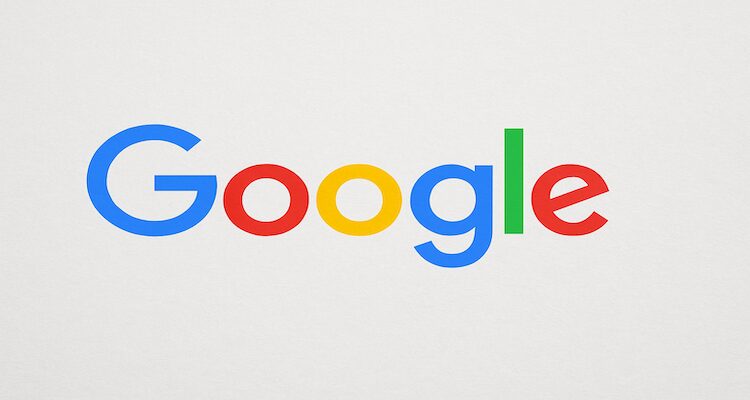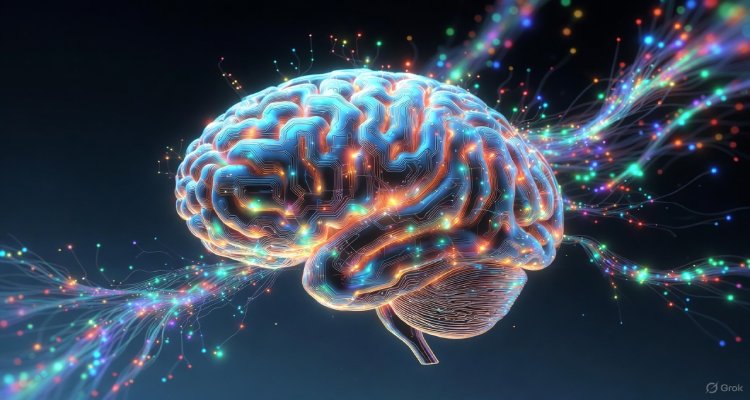Silent Algorithms: How Tech Decides Without Us Knowing
Silent algorithms shape decisions in finance, healthcare, and social media—often without our awareness. Here’s how they work and why it matters.
Introduction: The Invisible Decision-Makers
Every day, millions of decisions are made on our behalf—yet most of us remain unaware of who, or rather what, is pulling the strings. From the credit limit on your card to the news that shows up on your feed, silent algorithms have become the hidden architects of our modern lives. They operate quietly in the background, shaping our choices, behaviors, and even opportunities—without ever asking for our permission.
Context & Background: From Code to Control
At their core, algorithms are sets of instructions. In the past, they solved simple problems, like calculating interest rates or filtering spam emails. But with the rise of artificial intelligence (AI) and machine learning (ML), algorithms have grown more complex, capable of learning patterns and making predictions without explicit programming.
What began as helpful automation has now transformed into decision-making systems embedded in nearly every sector:
- Finance – determining creditworthiness in seconds.
- Healthcare – predicting disease risks before symptoms appear.
- Law enforcement – flagging individuals deemed “high risk.”
- Social media – curating content tailored to maximize engagement.
The problem? These systems operate in black boxes, often with little transparency. For the average person, it’s nearly impossible to know when an algorithm has influenced a critical decision.
Main Developments: Quiet Power, Massive Impact
Consider a job applicant rejected before a recruiter even reviews their résumé—an algorithm has already filtered them out. Or a patient denied health insurance coverage due to predictive models labeling them as “too risky.”
In recent years, algorithm-driven decisions have sparked public concern:
- Credit & Housing Discrimination: Investigations revealed that algorithmic systems unintentionally reinforced racial and gender biases in mortgage approvals.
- Social Media Influence: Platforms like Facebook and TikTok rely heavily on recommendation algorithms, which critics say contribute to polarization, misinformation, and addictive behaviors.
- Predictive Policing: AI tools used by police departments have come under fire for disproportionately targeting minority communities.
These examples reveal a troubling pattern: silent algorithms aren’t just technical tools—they’re shaping social, economic, and ethical realities.
Expert Insight & Public Reaction
Experts warn that the opacity of these systems is one of the greatest risks.
“Algorithms don’t just reflect data; they amplify the biases within it,” says Dr. Meredith Whitaker, President of the Signal Foundation. “The lack of accountability means people are often judged by invisible standards they can’t contest.”
Public reaction has been mixed. While many appreciate the convenience and speed of algorithm-driven services, surveys show growing unease. A 2024 Pew Research study found that 62% of Americans are concerned about AI making high-stakes decisions without human oversight.
Impact & Implications: What Happens Next?
As silent algorithms expand their reach, the implications are profound:
- For Consumers: Individuals risk losing autonomy, privacy, and fairness in key decisions.
- For Businesses: Companies relying heavily on algorithms may face legal scrutiny if systems are found discriminatory or manipulative.
- For Governments: Regulators worldwide are racing to set guardrails. The European Union’s AI Act, set to roll out in 2026, is one of the first comprehensive efforts to enforce algorithmic transparency.
The next frontier is ethical AI—a push for systems that are explainable, fair, and accountable. But the race between innovation and regulation is far from balanced.
Conclusion: The Silent Revolution
Silent algorithms are not inherently malicious—they’re powerful tools. But when they operate without transparency, accountability, or oversight, they erode trust and quietly shape societies in ways we never consented to.
As we move deeper into the algorithmic age, one question stands out: Who gets to decide when the machines decide for us?
Until transparency and accountability catch up with technological progress, the silent revolution of algorithms will continue—unseen, yet deeply felt.
Disclaimer : This article is for informational purposes only and does not provide legal, financial, or medical advice.











